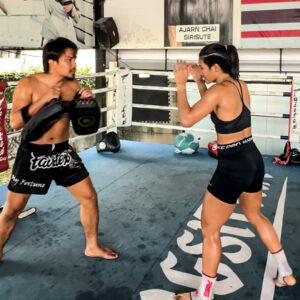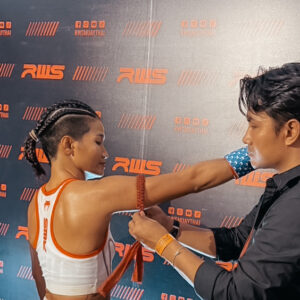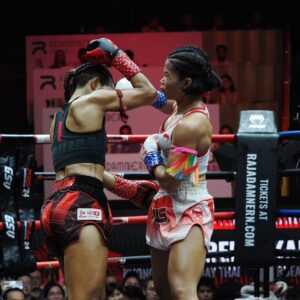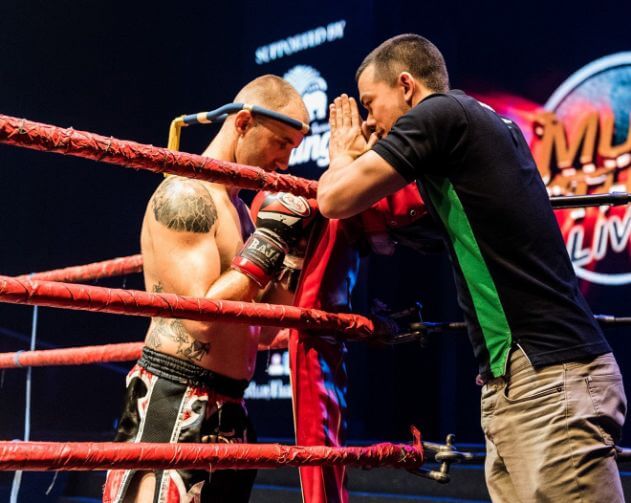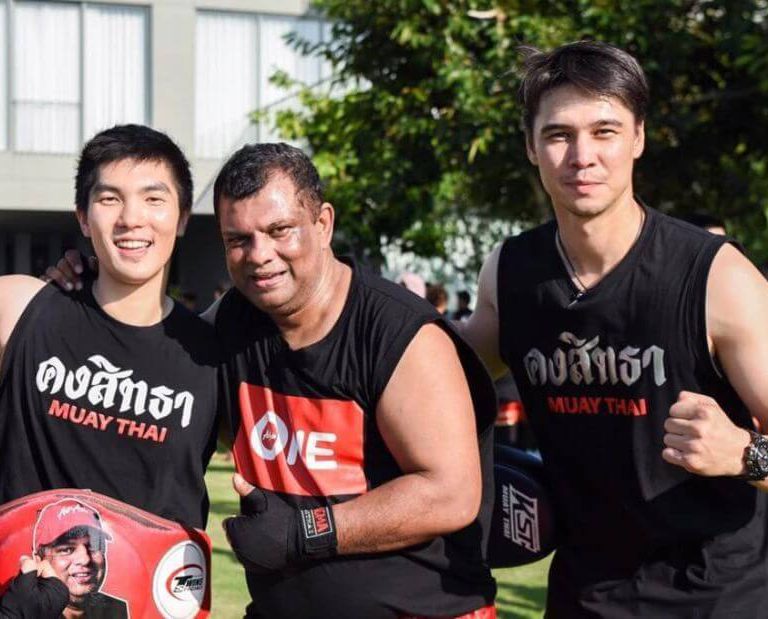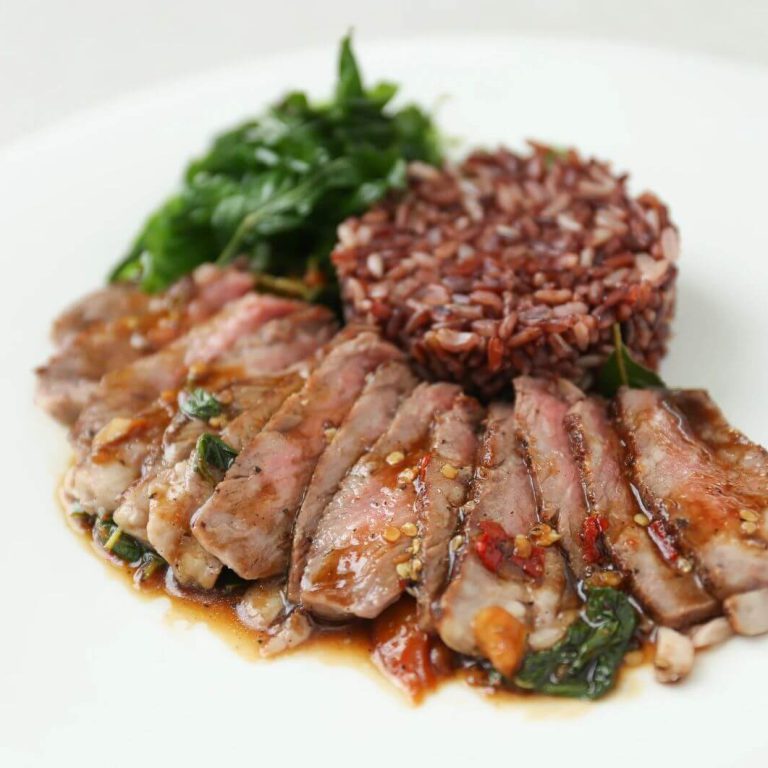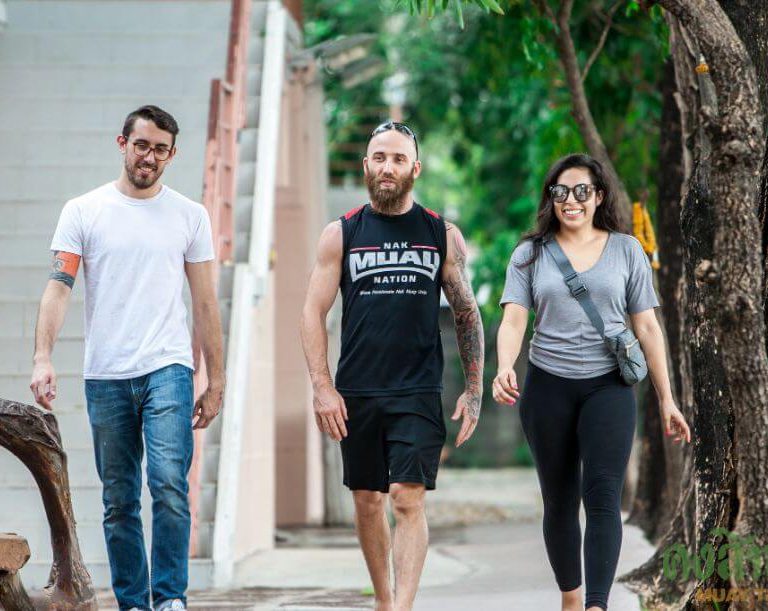It’s easy to love Muay Thai, but if you were raised in the West, your interest in the sport likely began as a teenager or adult. That’s the first key difference between Muay Thai in the West and Thailand. In Europe, kids often grow up playing soccer or basketball. In the U.S., American football and group sports are widespread. In Australia, ball games dominate, while in South Korea or Japan, some students learn martial arts at school.
But what about Thai kids?
While regional differences exist across Thailand, one thing is consistent: major TV stations broadcast live Muay Thai fights every weekend.
How does Thailand celebrate events as important as Mother’s Day? You guessed it: with Muay Thai.
Boxing is deeply rooted in Thailand and has been ingrained in the culture since childhood.
So, Muay Thai in Thailand differs significantly from the West partly because it intertwines with local traditions.
WHAT ARE THE CULTURAL DIFFERENCES?
Fights Are Everywhere
In Thailand, massive stadiums host Muay Thai fights. Significant events happen daily in Bangkok and across the country. No matter when you want to watch, there’s likely a fight near you.
Tradition and Business
Muay Thai is steeped in tradition. From the sarama music accompanying fights to the ritualistic dances before the bell, it’s more than a sport—a cultural spectacle. It’s also big business, with gambling, ticket sales, advertisements, and more fueling its popularity.
Rules and Flexibility
While rules exist, they’re less rigid than in the West, especially for local events. Weigh-ins might be skipped, and fighters from the crowd could step in to make extra cash.
Amateur Differences
Most amateur fights in Thailand last 3-5 rounds of three minutes each. Fighters wear gloves and groin protectors but no shin guards. Bare elbows and powerful strikes make the sport intense—and dangerous.
Path to Success
In the West, fighters usually progress through lower levels to reach significant events. In Thailand, strong performances can fast-track fighters to high-profile bouts.
Violence and Strategy
Despite its intensity, Muay Thai in Thailand is less emotionally charged—and less violent—than in the West. Fighters often start young, treating it as a game and focusing on strategy rather than brute force.
In contrast, Western fighters, who often begin later in life, feel a sense of urgency to perform, leading to more emotionally driven and violent fights. Defeats in the West can carry greater weight, while in Thailand, frequent matches make losses less significant.
WHAT ARE THE TRAINING DIFFERENCES?
Before stepping into the ring in Thailand, it’s worth understanding how training differs from the West:
Open-Air Training
Muay Thai training in Thailand is often outdoors.
Movement Styles
Western fighters focus on speed and explosiveness. Thai fighters, however, favor measured movements, grounding themselves for precision and power. Their slower pace masks their devastating effectiveness.
Strategic Fighting
For Thai professionals, a fight resembles a chess match. Fighters analyze their opponents before striking, prioritizing strategy over sheer force.
Arsenal of Techniques
Thai and Western fighters use the same range of strikes, but Thais favor middle kicks for critical hits, while elbows are used when openings arise.
The Clinch
The clinch is deeply embedded in Thai Muay Thai culture. To fight the Thai way, mastering clinching techniques is essential.
FINAL THOUGHTS
Muay Thai in Thailand is more than just a sport—it’s a way of life.
Rooted in culture, tradition, and strategy, it contrasts with the emotionally intense and power-driven approach often seen in the West.
Whether it’s the early start of Thai fighters, the ritualistic elements of each fight, or the less rigid structure of events, Muay Thai in Thailand offers a unique perspective on the art of eight limbs.
For anyone looking to deepen their appreciation of this martial art, understanding these differences is key to grasping its true essence.


